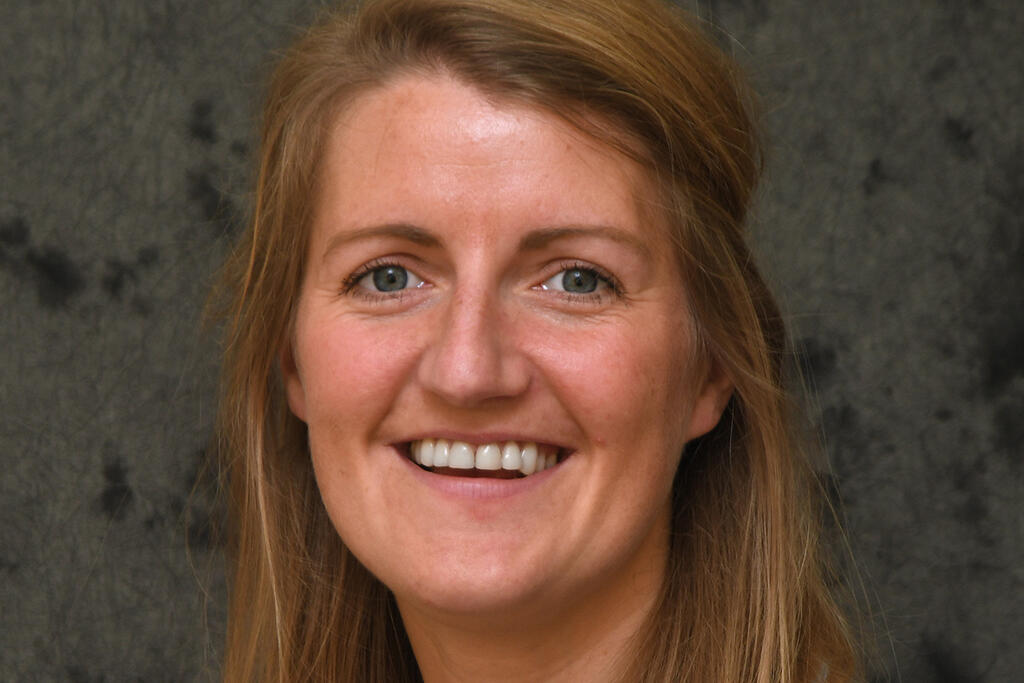Julia Tilburg receives Veni grant for platelet research
Julia Tilburg, a junior group leader at Sanquin, has been awarded a prestigious Veni grant for her research into the principles behind platelet production. The Netherlands Organisation for Scientific Research (NWO) announced this today. This grant will enable Julia to conduct her research for the next three years.

According to the NWO, researchers who qualify for a Veni grant possess "academic qualities that clearly exceed the norm." The Veni grant is designed to fund innovative scientific research, empowering these exceptional researchers to develop as independent scientists.
Julia joined Sanquin in October 2023, but she already has several years of research experience under her belt. She completed her PhD at the Leiden University Medical Center (LUMC), where she focused on a genetic factor influencing thrombosis risk. After her PhD, she moved to Boston for a postdoc position, working at Harvard Medical School and Boston Children's Hospital on the development of platelets. This work was also supported by an NWO grant, the Rubicon grant. It was at a conference in London that she connected with Sanquin, ultimately leading to her current role as a junior group leader.
Research into platelet production
"I'm incredibly fascinated by our bone marrow; there's still so much we don't know," Julia explains. "My current research focuses on the function of megakaryocytes. These are large cells in the bone marrow that produce platelets. We know that not all megakaryocytes in the bone marrow are the same, and this seems to be related to their communication with the surrounding cells – the bone marrow niche. For example, some megakaryocytes support stem cells in the bone marrow or play a role in the immune system. A disruption in this niche can lead to a person producing too many or too few platelets, or even developing a form of blood cancer. What we find most interesting at Sanquin is the platelet-producing megakaryocyte. A single one of these cells can produce thousands of platelets."
Communication between cells
Julia uses a technique called spatial transcriptomics for her research. "We study the RNA in these different megacaryocytes, each with their unique functions," Julia elaborates. "This helps us understand which genes are important for those functions, like platelet production and communication with other bone marrow cells. Since bone marrow cells constantly influence each other, it's crucial to study them within their natural environment, the bone marrow itself. That's why we conduct our analyses on bone marrow slices obtained from biopsies."
"If we understand how to guide these cells towards becoming those that produce a large number of platelets, this knowledge could eventually be applied to patients who produce too few platelets and suffer from bleeding," Julia states. "This insight could also be used to culture platelets in the lab. That's still a long way off, but I'm proud to be able to contribute to it."
Julia is happy with the grant that makes her research possible. "I also rely on my collaboration with the Netherlands Cancer Institute, which has extensive expertise in spatial transcriptomics. For cell communication studies, I'm currently setting up some new models with my collaboration partner at Sanquin Arthur Svendsen, and Marleen Zuurveld and Helena Kooi are already performing some great experiments. We're really trying to get a handle on how cells communicate with each other." For now, Julia isn't finished with the bone marrow just yet. "There is still so much to discover!"



